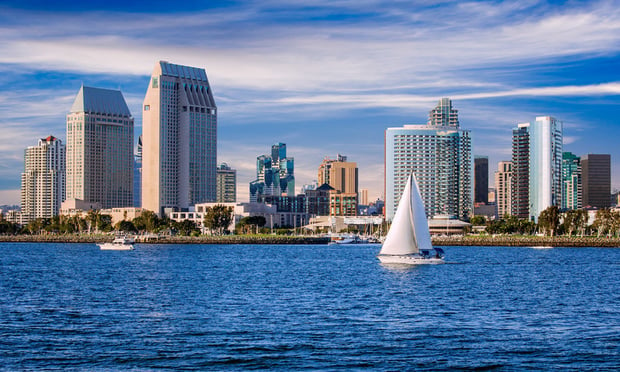Chicago, IL—An estimated 4.2 million manufactured home sites are in the U.S. with approximately 32% of new manufactured homes placed in communities.
"More than 22 million people in the US live in manufactured homes as these homes are the least expensive kind of housing available without a government subsidy," says Charles Krawitz, Vice President of Commercial Lending, Alliant Credit Union. "Manufactured homes make up 10% of annual new home starts and about 76% of new manufactured homes are titled as personal property."
Recommended For You
Want to continue reading?
Become a Free ALM Digital Reader.
Once you are an ALM Digital Member, you’ll receive:
- Breaking commercial real estate news and analysis, on-site and via our newsletters and custom alerts
- Educational webcasts, white papers, and ebooks from industry thought leaders
- Critical coverage of the property casualty insurance and financial advisory markets on our other ALM sites, PropertyCasualty360 and ThinkAdvisor
Already have an account? Sign In Now
*May exclude premium content© 2025 ALM Global, LLC, All Rights Reserved. Request academic re-use from www.copyright.com. All other uses, submit a request to [email protected]. For more information visit Asset & Logo Licensing.









